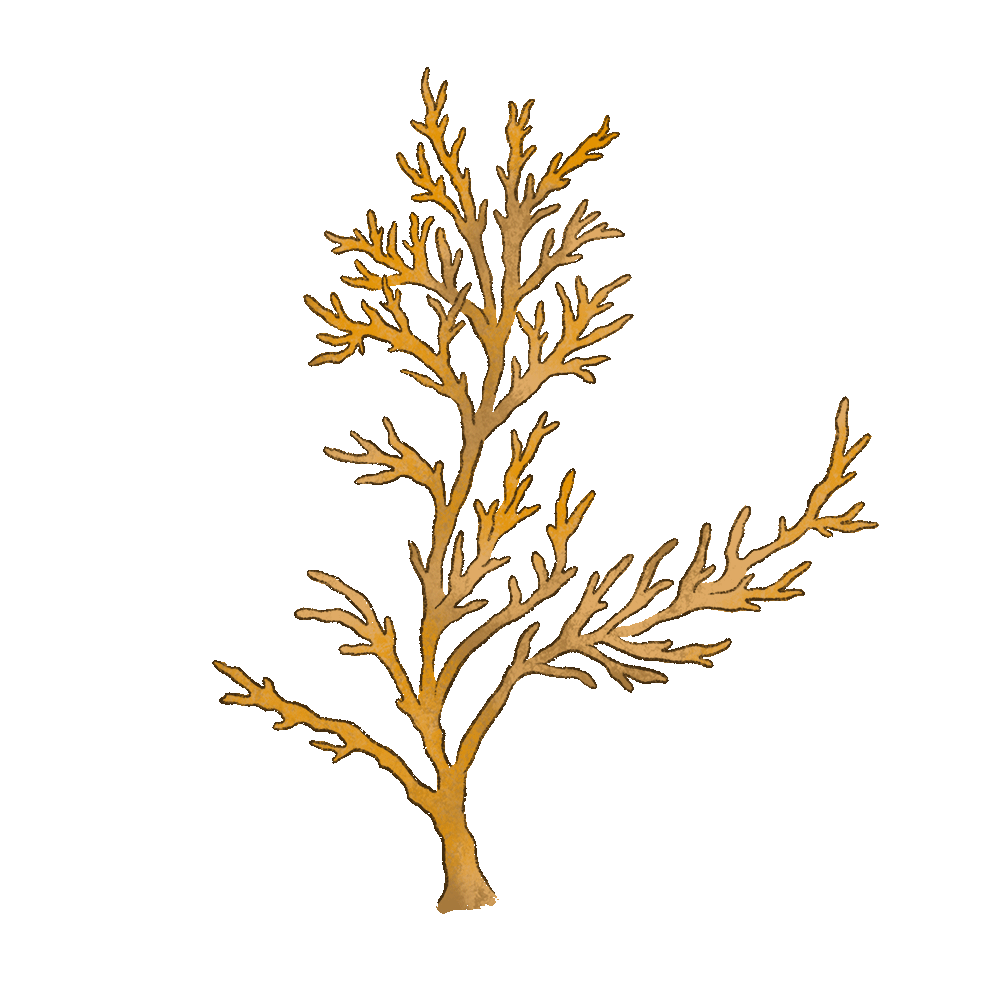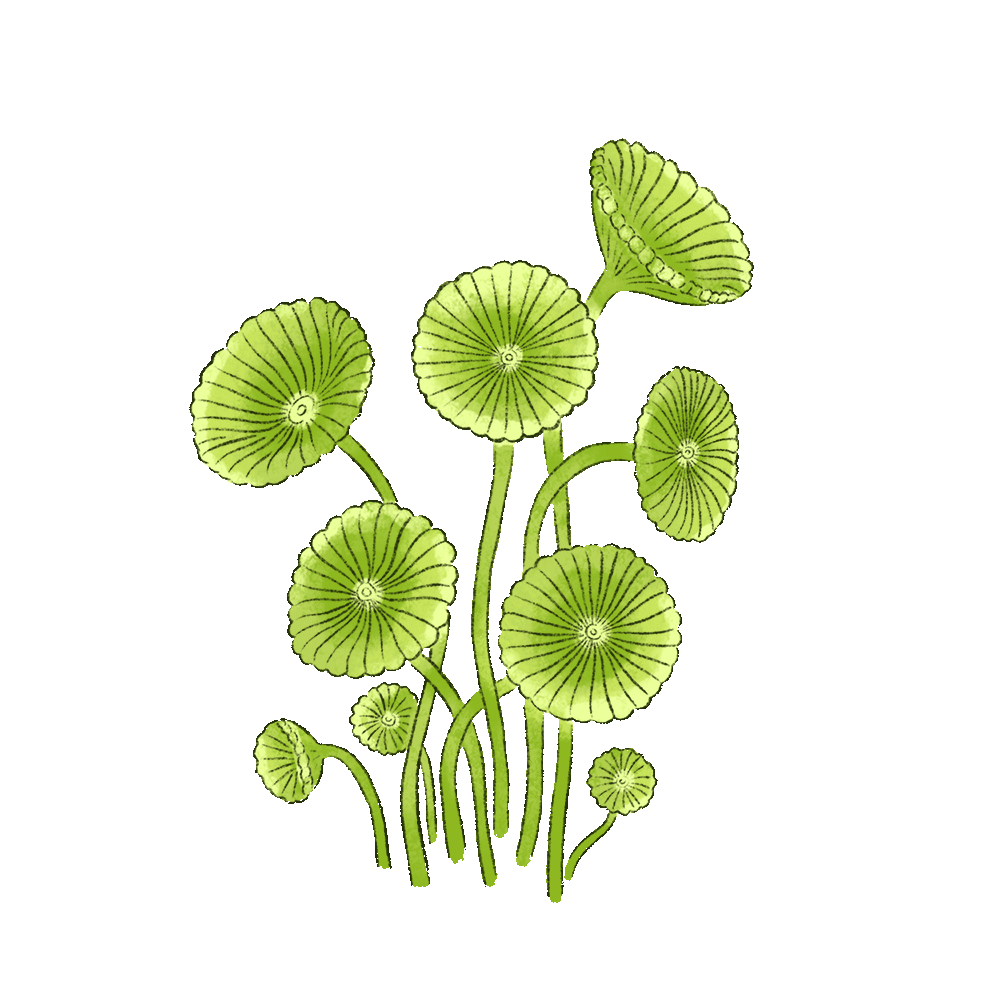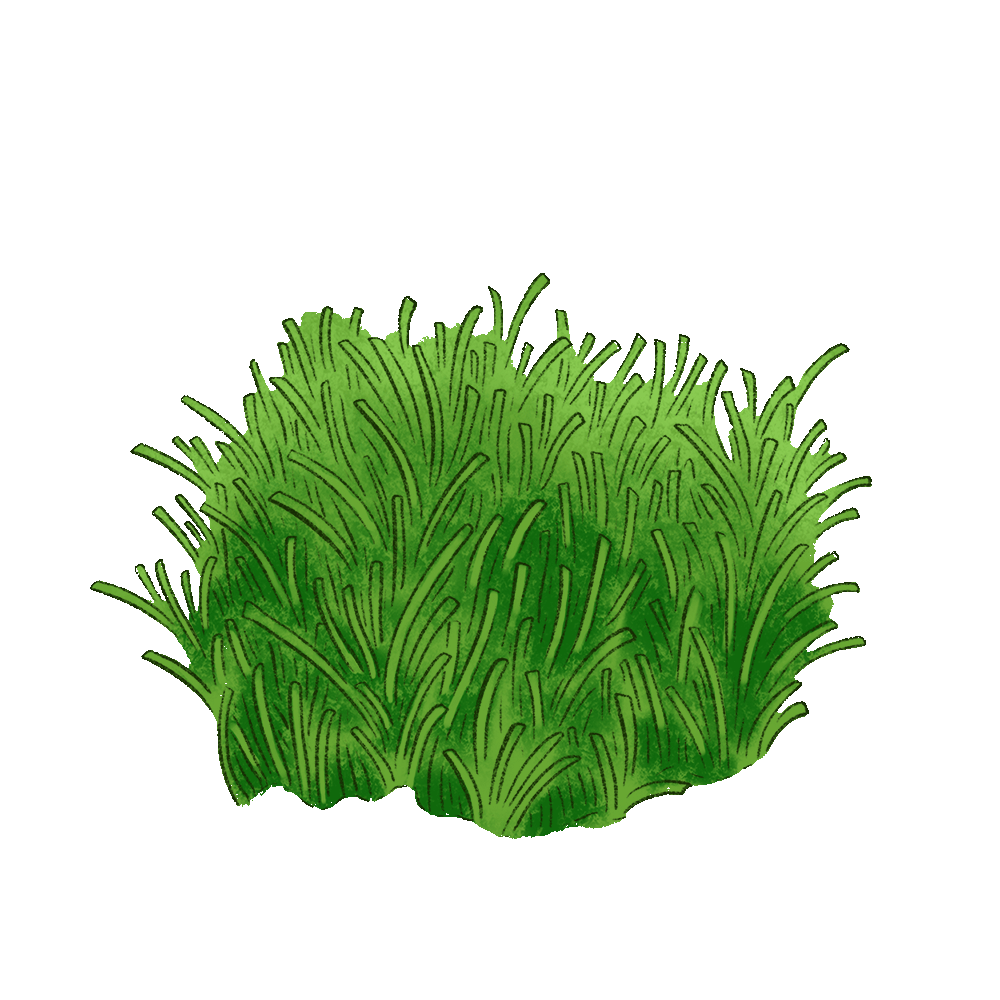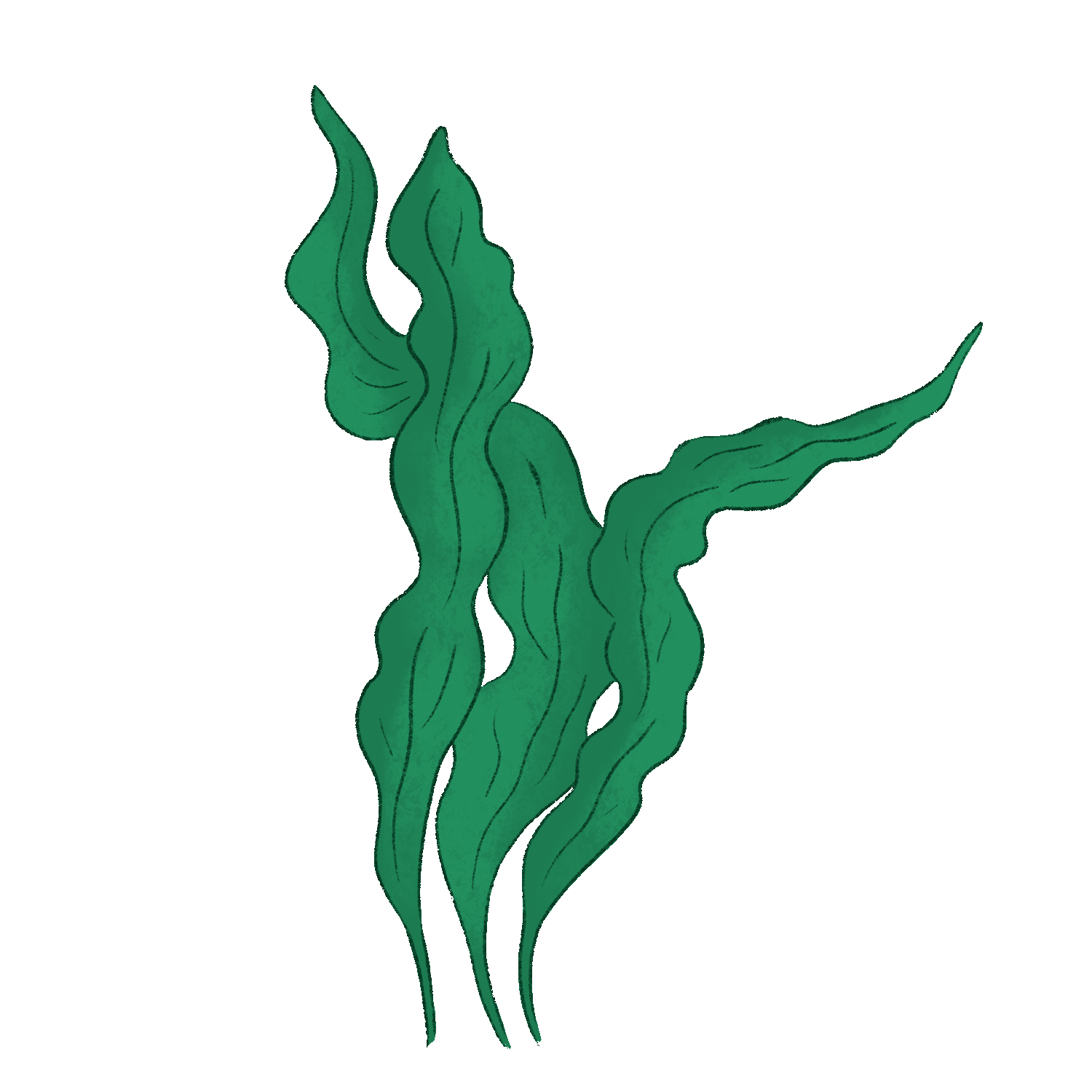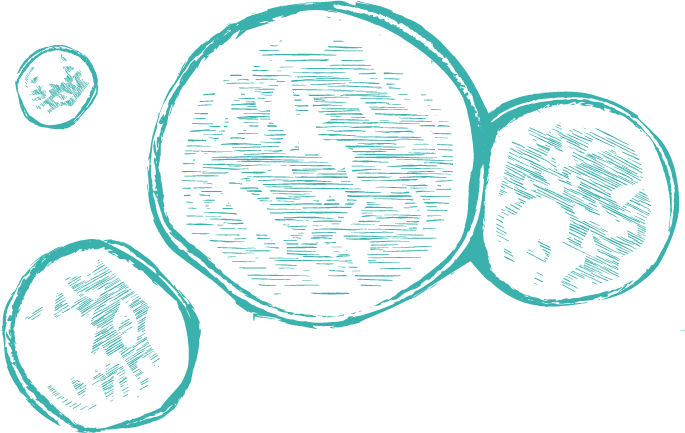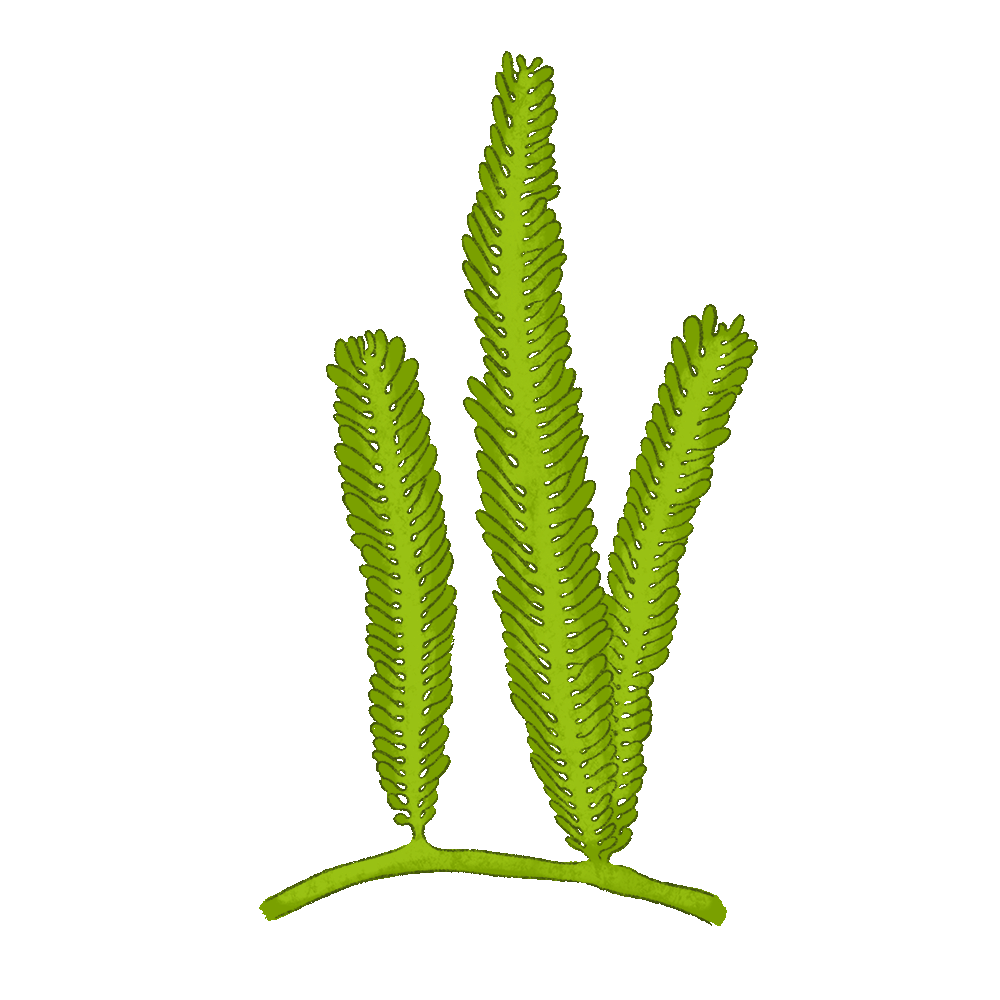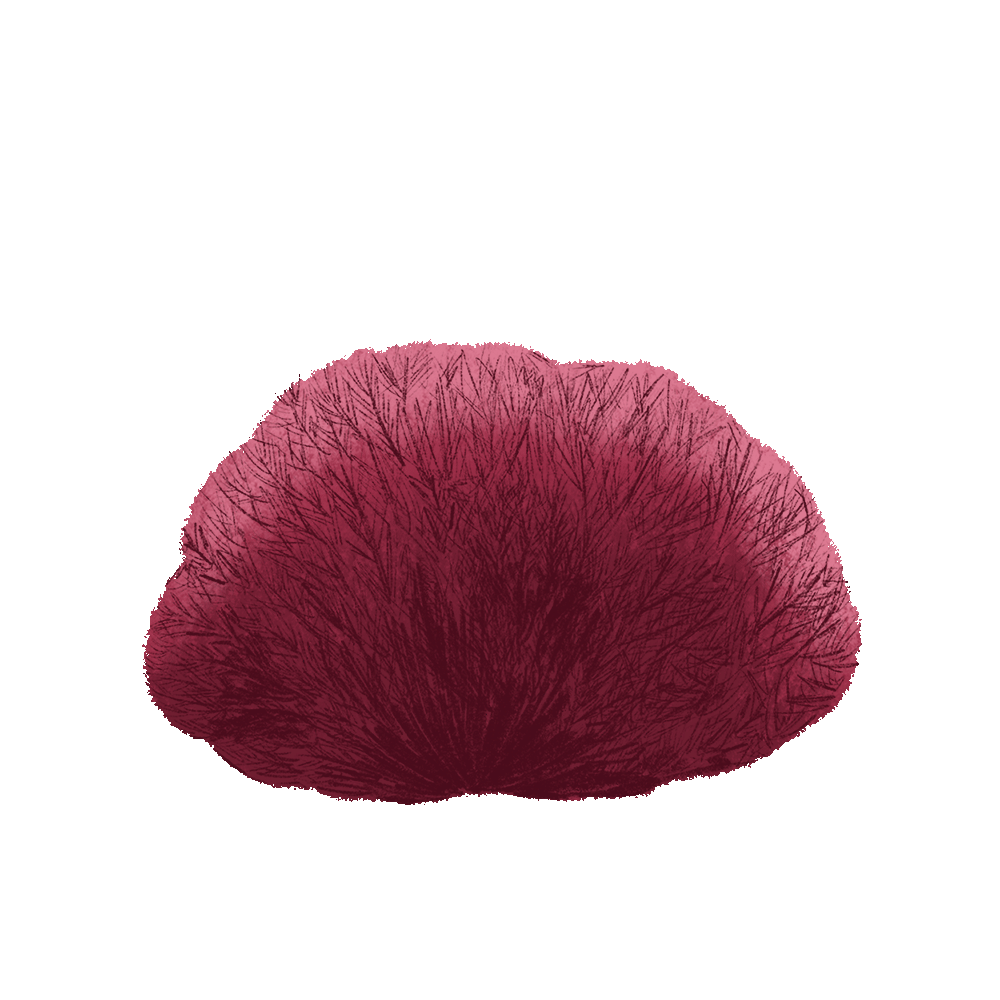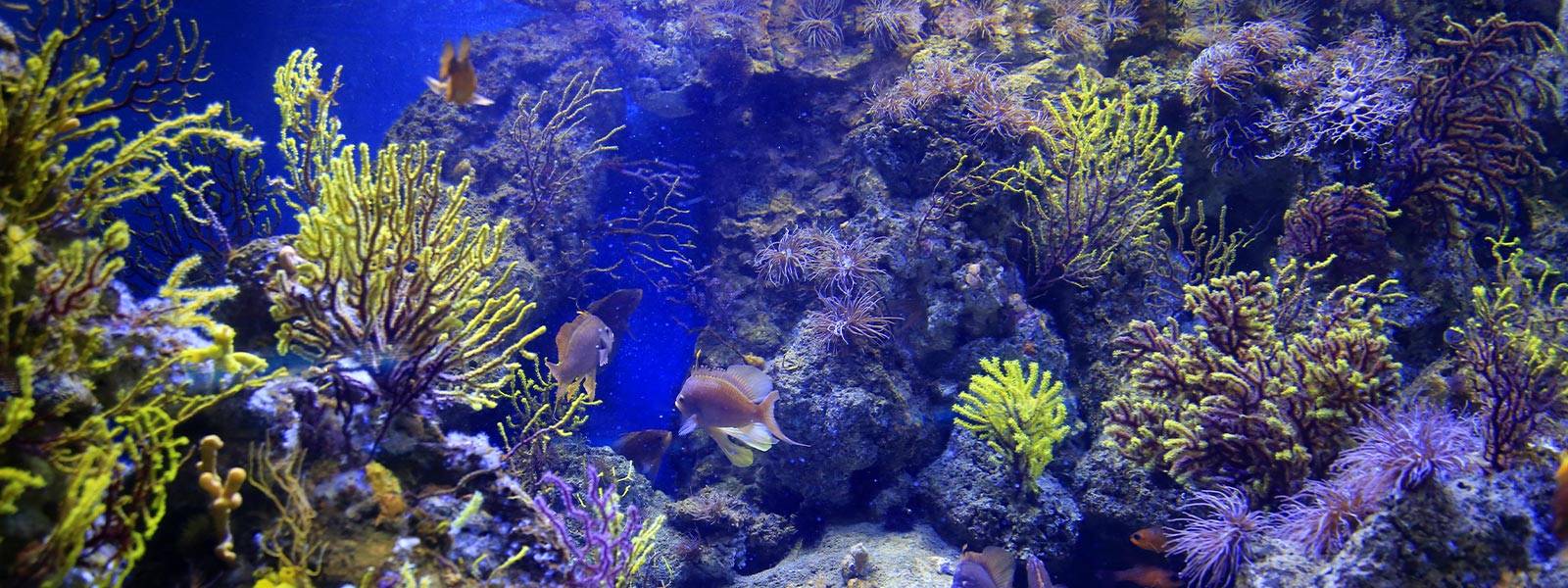
Les algues, un trésor pour l’écosystème marin et pour notre peau !
C’est bel et bien la période estivale et avec elles les belles journées farniente sur la plage ponctuées de sorties en mer… ça fait rêver ! En revanche, ce qui fait moins rêver, c’est de sentir les algues caresser nos pieds ou notre corps lors de la baignade tant attendue… Nous serions bien tenté(e)s de les malmener pour s’en débarrasser, et pourtant que ce soit en cosmétique ou pour l’écosystème marin elles regorgent de bienfaits !
Avant de partir ensemble à la découverte de ce trésor des fonds marins, rappelons que contrairement à une plante aquatique qui possède des racines, tiges et feuilles, l’algue est une espèce aquatique qui ne possède rien de tout cela…

NABILA
Juillet 2022
1. Les algues en cosmétique
Brunes, rouges, vertes ou encore bleues, les algues représentent une incroyable diversité et surtout une richesse sans fin pour notre peau. De plus en plus de soins cosmétiques mettent les algues à l’honneur à commencer par la Chlorelle, présente dans notre contour des yeux qui renferme une richesse biologique particulièrement intéressante. Et, elle n’est pas la seule !
Eh oui, trésors des fonds marins, les algues renferment dans leur globalité des taux très élevés d’oligo-éléments (cuivre, zinc, fer, potassium), de vitamines A, C, D et E, de lipides, de polyphénols, de protéines, d’acides aminés ou encore de polysaccharides extrêmement bénéfiques à l’hydratation, à la protection anti-UV et à la régénération de vos cellules cutanées !
Il serait bien dommage de s’en passer et pourtant, comme évoqué dans l’un de nos précédents articles, elles sont en danger. Alors voyons ensemble comment les préserver et surtout mieux comprendre celles qui nous entourent.
2. Les algues et plante marines, trésors à sauvegarder
Les fonds marins regorgent de vie grâce à leur faune et leur flore et quel plaisir que d’enfiler masque et tuba pour aller observer cette impressionnante richesse qui nous plonge dans un monde parallèle apaisant et propice à la réflexion… En plus d’être bénéfiques à la faune marine, les algues sont particulièrement importantes pour l’environnement puisqu’elles produisent 50 à 70% de l’oxygène que nous respirons !
En France, vous pourrez trouver une très belle diversité d’algues de mer dont 1200 espèces rien qu’en Méditerranée comme :
Les algues rouges
et parmi elles la mousse d’Irlande qui possède des vertus hydratantes et adoucissantes.
Les algues brunes
comme la Padine ou Cystoseire, dont la présence confirme la qualité des eaux dans lesquelles vous vous baignez ! Ces algues sont reminéralisantes, hydratantes, régénérantes, apaisantes et émollientes à l’image de la Laminaria Digitata, la Fucus spiralis et l'Himanthalia elongata.
Les algues vertes
comme l’Acétabulaire, dont la présence témoigne également la qualité des eaux. Selon les informations partagées par le Journal du Parc National de Port-Cros, les algues vertes comme la Laitue de mer ou encore l’Ulve sont, elles, indicatrices d'eaux polluées et donc à éviter. La Laitue de mer se distingue par sa richesse en magnésium et son pouvoir hydratant.
L'herbier de Posidonie
qui est une plante aquatique et non pas une algue contrairement aux idées reçues, est le véritable vivier et poumon de la Méditerranée. Elle est menacée à la fois par la pollution liée à l’action de l’Homme mais aussi par la prolifération d’algues invasives. Elle abrite de très nombreuses espèces de poissons, joue le rôle d’une fonction barrière à l’érosion des côtes et fournit une grande quantité d’oxygène (20 litres d'oxygène par jour pour chaque m² d'herbier). Elle est donc primordiale à la survie de notre écosystème marin et à sa biodiversité. Alors participez avec-nous à la mobilisation pour des plages de caractère en Méditerranée.
Il existe également une grande diversité d’algues d’eau douce que vous pourrez retrouver dans les lacs et étangs : En France, vous pourrez trouver une très belle diversité d’algues de mer dont 1200 espèces rien qu’en Méditerranée comme :
Les algues bleues
comme la spiruline, qui est particulièrement utilisée dans les compléments alimentaires et reconnue pour son incroyable composition riche en protéines, acides aminés, minéraux et vitamines. Attention néanmoins à bien vérifier l‘origine car cette algue absorbe tous les polluants de son environnement. Cette microalgue est une mine d’oxygène pour l’écosystème dans lequel elle évolue. Elle est en effet capable de produire plus de 16 tonnes d’oxygène, par hectare et par an, et de capter 23 à 40 tonnes de CO2. A même échelle, elle est donc bien plus efficace qu’un arbre, qui lui, ne capte que 4 tonnes maximum de CO2 !
La chlorella
actif phare de notre contour des yeux, est comme vous l’avez compris une véritable mine d’or pour la peau ! Elle se distingue par une teneur singulière en porphyrines, activateurs du métabolisme cellulaire et en acides aminés, stimulateurs de la synthèse de collagène qui lui confèrent un pouvoir anticernes.
3. Les mauvaises algues, cauchemar des fonds marins
Il existe néanmoins des algues dont la prolifération galopante menace aujourd’hui l’écosystème marin…
Dans la catégorie des algues de mer, parmi, les plus nocives nous retrouvons, entre autres, la Caulerpa taxifolia et la Lophocladia lallemandii.
La Caulerpa taxifolia
Aussi appelée « algue tueuse » ou « peste verte », ne cesse de se développer et de menacer l’écosystème marin depuis qu’elle a été accidentellement introduite par l’Homme dans les fonds de la Méditerranée. Apparue en 1984 sur les côtes monégasques, elle s’est étendue à tel point que 5 ans plus tard, elle avait envahi plus de 15 000 hectares de côtes méditerranéennes (France, Espagne, Italie, Croatie et Tunisie). En nette régression depuis quelques années, cette algue invasive a eu le temps de faire des ravages sur les centaines d’espèces qu’abrite la Méditerranée.
Lophocladia lallemandii
D’autres algues, comme la Lophocladia lallemandii, se développent fortement en raison du réchauffement climatique et attaquent des espèces particulièrement importantes pour la biodiversité méditerranéenne comme l’herbier de Posidonie dont nous vous parlions en amont.
Myriophylle Hétérophylle et Jussie
Certaines algues d'eau douce (la Myriophylle Hétérophylle et la Jussie) prolifèrent et perturbent l’équilibre de l’écosystème empêchant ainsi les bonnes algues de prospérer.
4. Les gestes à adopter
- Les filtres solaires, un choix crucial
Optez pour une protection solaire à base de filtres minéraux - oxyde de zinc ou le dioxyde de titane - à condition qu’ils ne soient pas sous forme nanoparticulaire. Il vous suffit de vérifier que la mention [nano] est bien indiquée dans la liste INCI des ingrédients.
- Des sorties en mer responsables
Que ce soit en bateau ou en plongée, faites attention à ce qui vous entoure. Il est facile d’arracher de précieuses algues avec vos palmes ou encore de jeter l’ancre de votre bateau en plein dans un herbier de Posidonie. Si certaines criques et calanques sont interdites à la navigation c’est que les zones concernées sont menacées et généralement en « reconstruction ». Dans les zones autorisées, privilégiez les zones sableuses qui n’abritent pas d’algues. - Oui aux journées à la plage, mais pas n’importe comment !
Emportez une bouteille isotherme, ainsi elle ne finira pas dans la mer (et ne mettra pas 450 ans à se dégrader naturellement…). La marque de contenants alimentaires sains et réemployables, Qwetch, offre une collection réalisée en partenariat avec des associations dédiées à la préservation de la biodiversité marine comme Clean My Calanques, Un Océan de vie, ou encore Mountain Riders. N’oubliez pas également de prendre vos couverts en bambou !
5. Les algues, délice pour les papilles et l’organisme
Pour finir sur une note iodée et gourmande, sachez que certaines algues sont comestibles et aussi excellentes pour la santé. Elles peuvent être sauvages ou provenir de l’algoculture. Vérifiez bien l’origine et tentez cet été, une petite salade d’algues bien rafraîchissante et antioxydante. Il existe de très nombreuses recettes comme celle-ci, toutes plus appétissantes les unes que les autres… Vous pouvez également vous préparer un smoothie détoxifiant à base de spiruline ou de chlorella !
Sur cette note gourmande, nous vous souhaitons un très bel été, apaisant et énergisant !


